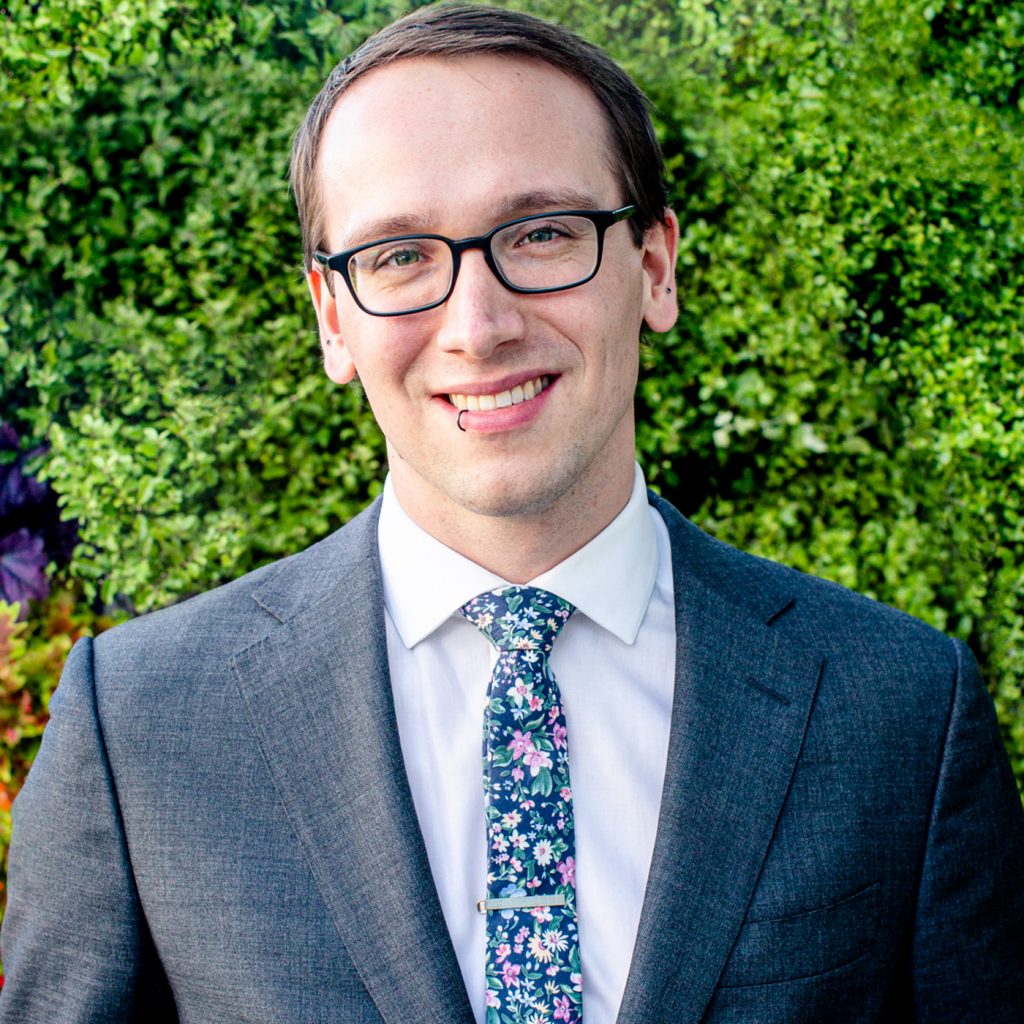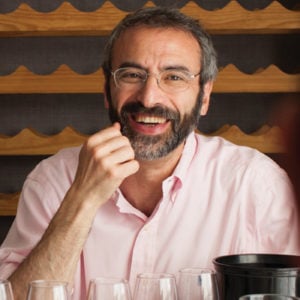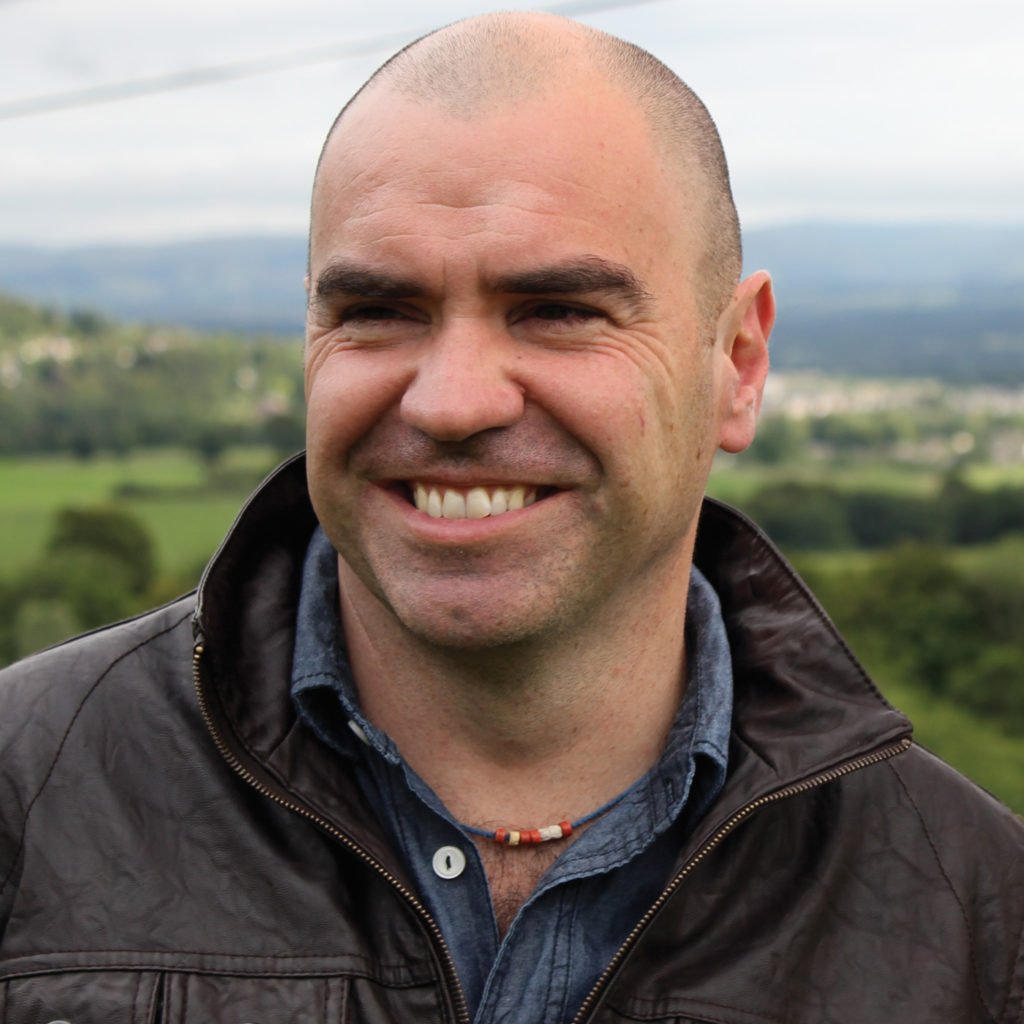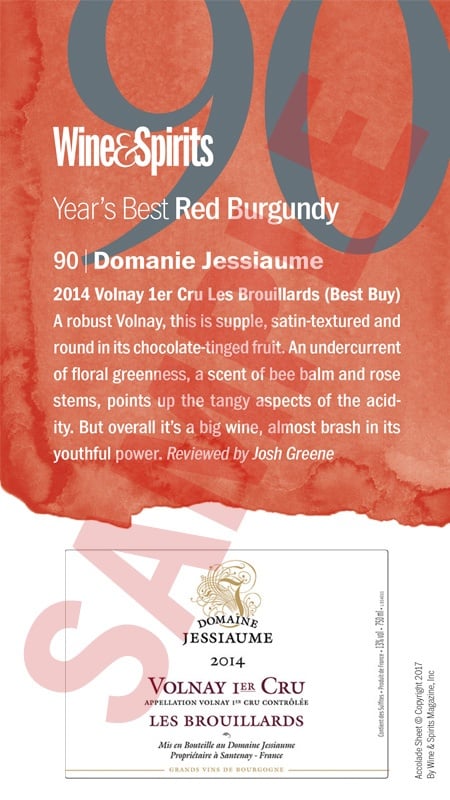In the village of Crouttes-sur-Marne, Françoise Bedel makes broad, mouthfilling Champagnes, their girth enhanced by the clay soils of the area and their ripeness amplified by biodynamic viticulture. Recently, she opened a bottle of her 1999 Cuvée Comme Autrefois, a rich, densely flavored Champagne that had spent 12 years on its lees. Rather than pouring it directly into my glass, however, she first poured it into a decanter. “The wine has so much power and substance,” she explained. “It needs plenty of aeration to express itself.”
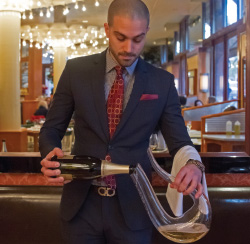

The house of Charles Heidsieck, in fact, has gone so far as to release its prestige cuvée, Blanc des Millénaires, packaged together with a striking, lyre-shaped Riedel decanter. It isn’t just a marketing gimmick—at the house, this is how they prefer to serve the wine.
“The 1995 Blanc des Millénaires has been in bottle for seventeen years, and decanting helps to liberate it,” says Thierry Roset, Charles Heidsieck’s chef de cave. “Its breadth, its texture, its silky effervescence are revealed in an even more enthralling fashion, further accentuating the wine’s refinement.”
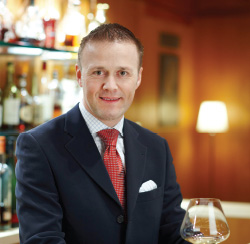



Typically, the biggest question about decanting Champagne concerns the mousse: A fundamental part of Champagne is its sparkle, and subjecting the wine to such a rapid aeration can accelerate the loss of its bubbles. “I have done it a few times and have always been disappointed with the results,” says Patrick Cappiello, wine director of the New York City restaurant Pearl & Ash. “More importantly, the guest was disappointed. The wines just lose their gas too quickly, which seems to be the magical third dimension.”
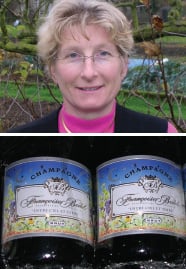

“I’ve decanted Champagne because a customer insisted on it,” Sohm says. “However, I am not a huge fan of it. I believe you can achieve the effect without that harsh treatment and without losing so much of the carbon dioxide by changing to a bigger glass.” In the end, the best way to aerate a Champagne may be simply to give the wine time. While we’re accustomed to drinking Champagne as an aperitif, consuming it within a relatively short amount of time, it’s worth setting a glass aside to enjoy later on in the meal, or even reserving half of the bottle to see how the wine evolves over the course of the evening. “Most Champagnes will get better as the night goes on,” says Cappiello. “My approach is to stretch the life of the wine for as long as possible in the glass.”
This story was featured in W&S December 2013.
photo of Aviram Turgeman of Nice Matin by Sara Brittany Somerset
Author of the much-anticipated Champagne, an obsessively detailed guide to the region and its wines, he’s been a part-time resident of Champagne since 2006, where he reports for his site, champagneguide.net. A former tasting coordinator and critic for this magazine, he last wrote for W&S on sustainable farming in Champagne in our December 2016 issue.
This story appears in the print issue of December 2013.
Like what you read? Subscribe today.





